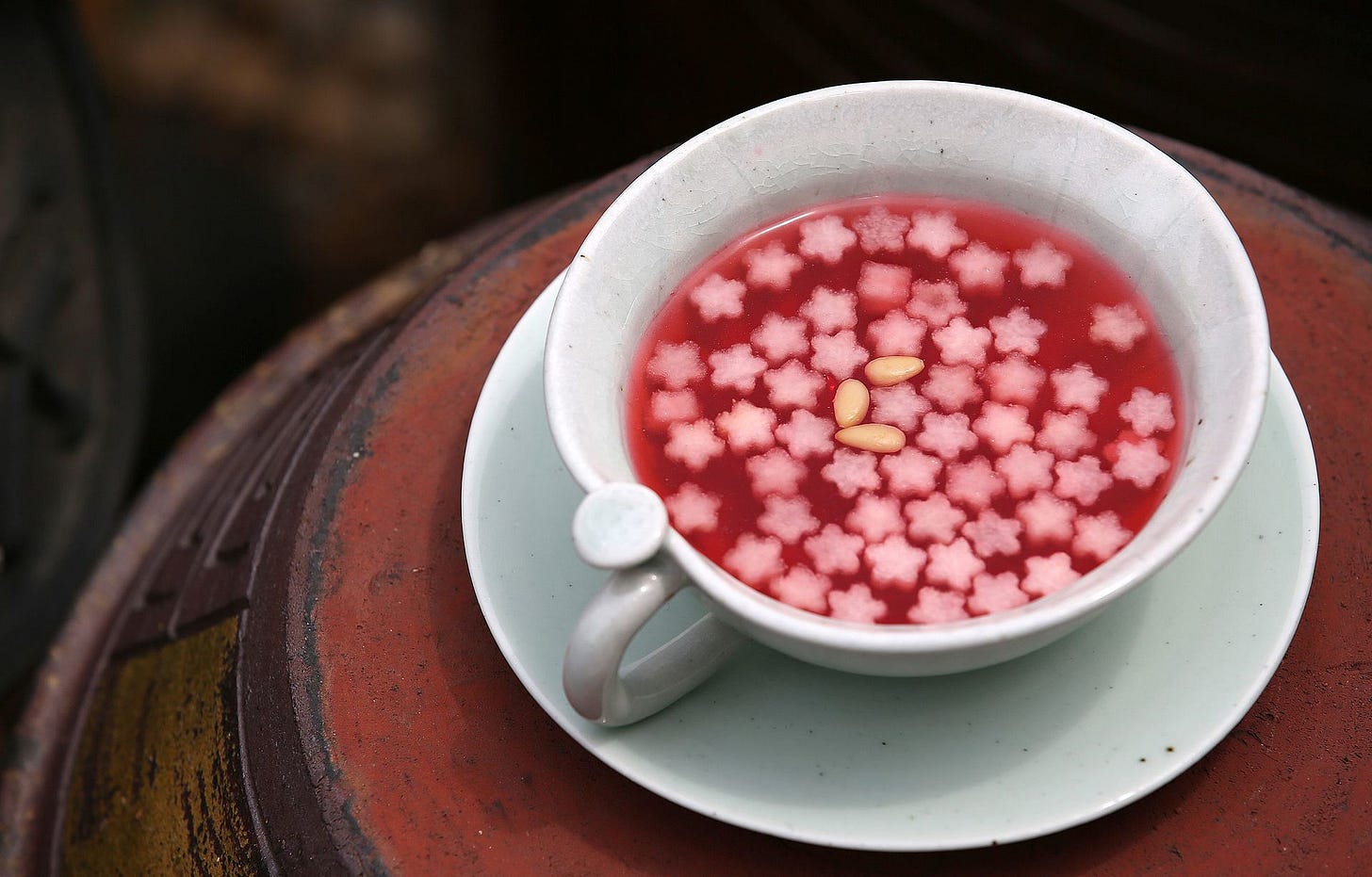Schisandra: An adaptogenic herb
An adaptogen found in teas and capsules as a dietary supplement. Facts you should know about.
Schisandra chinensis, Schisandra sphenanthera, or just schisandra for short. AKA as Magnolia vine and other names such as: five flavor berry, Gomishi, Omicha, Omija and Ngu Mie Gee.
This herb used widely in TCM (Wu vei zi) and in Asia (and Russia) for medicinal purposes and in teas.
Schisandra has a long-storied history of use in Traditional Chinese Medicine (TCM) to treat a wide array of conditions from respiratory (coughs), liver conditions & stomach disorders. It has a place in a class of herbals known as adaptogens. It is found in a variety of formulas for fatigue and insomnia. Its Chinese name, Wu Wei Zi, means five-flavored fruit, to reflect the five flavors recognized in TCM: sour, bitter, sweet, pungent/acrid (umami), and salty. It is a part of the Korean culture to drink extracts of this berry in a tea.
In vitro studies in Western EBM suggest that schisandra has anti-inflammatory and antioxidant properties. It may be useful as an anticancer agent. It has some cardioprotective effects. While other studies show it has effects to protect the liver, enhance endurance and metabolism. Some suggest it is neuroprotective and enhances cognitive function and even has some antimicrobial properties.
For the anticancer properties MSK reports this: “Active lignans isolated from schisandra, particularly schisandrin A, [there are also schisandrin B, and C components with bioactivity] appeared to reverse P-glycoprotein-mediated multidrug resistance of various cancer cell lines to doxorubicin, vincristine, and paclitaxel”. For cancer care please refer to the reference material on the IMAhealth.org website.
When researchers looked at schisandrin B they found it had influenced the progression of Alzheimer’s disease. In a study published in 2017 it was determined that this was caused by schisandrin B’s ability to block formation of excess amyloid beta peptides in the brain.
This herb seems useful in menopause and depression as reported in some animal and human studies.
MOA: Schisantherins downregulate pro-inflammatory cytokines and mediators by blocking NF-κB & MAPK signaling. The anthocyanin Cya-3-O-xylrut has been isolated and identified as responsible for its antioxidant activities. Other MOAs are poorly understood, but this botanical does meet criteria to be classified as an adaptogen herb. For liver protection this herb has been shown to lower alanine aminotransferase (ALT) and aspartate aminotransferase (AST).
Drug-Herb interactions: The Memorial-Sloan-Kettering (MSK) website reports this:
CYP1A2, 3A4, and 3A5 substrates: In vitro studies suggest that lignans isolated from schisandra can inhibit CYP3A4 and CYP3A5 enzymes. Animal studies suggest schisandra inhibits CYP3A4 and CYP1A2 and can affect the intracellular concentration of drugs metabolized by these enzymes. Long-term use can also induce CYP3A4 activity.
P-glycoprotein substrates: Lab and human studies suggest schisandra can inhibit P-gp activity and may interfere with the metabolism of certain drugs.
Tacrolimus: In liver transplant patients, schisandra increased blood levels of tacrolimus, an immunosuppressant.
Always seek guidance from a skilled ND/TCM or MD with herbal experience before you start this or any herb or adaptogen.
References:
www.mskcc.org/cancer-care/integrative-medicine/herbs/schisandra - Memorial Sloan Kettering Cancer Center info.
www.en.wikipedia.org/wiki/Schisandra_chinensis
www.en.wikipedia.org/wiki/Schisandra
www.healthline.com/health/schisandra
Zhang M, Zheng HX, Gao YY, Zheng B, Liu JP, Wang H, Yang ZJ, Zhao ZY. The influence of Schisandrin B on a model of Alzheimer's disease using β-amyloid protein Aβ1-42-mediated damage in SH-SY5Y neuronal cell line and underlying mechanisms. J Toxicol Environ Health A. 2017;80(22):1199-1205.
Yan T, Xu M, Wu B, Liao Z, Liu Z, Zhao X, Bi K, Jia Y. The effect of Schisandra chinensis extracts on depression by noradrenergic, dopaminergic, GABAergic and glutamatergic systems in the forced swim test in mice. Food Funct. 2016 Jun 15;7(6):2811-9.
www.pfaf.org/user/plant.aspx?latinname=Schisandra+chinensis
Wiart, C. (2012). Medicinal Plants of China, Korea, and Japan: Bioresources for Tomorrow's Drugs and Cosmetics (1st ed.). CRC Press. https://doi.org/10.1201/b12046.
www.chosun.com/english/travel-food-en/2016/08/09/SRESRSXXOIDZDIUVPRNIPXJ6QU





